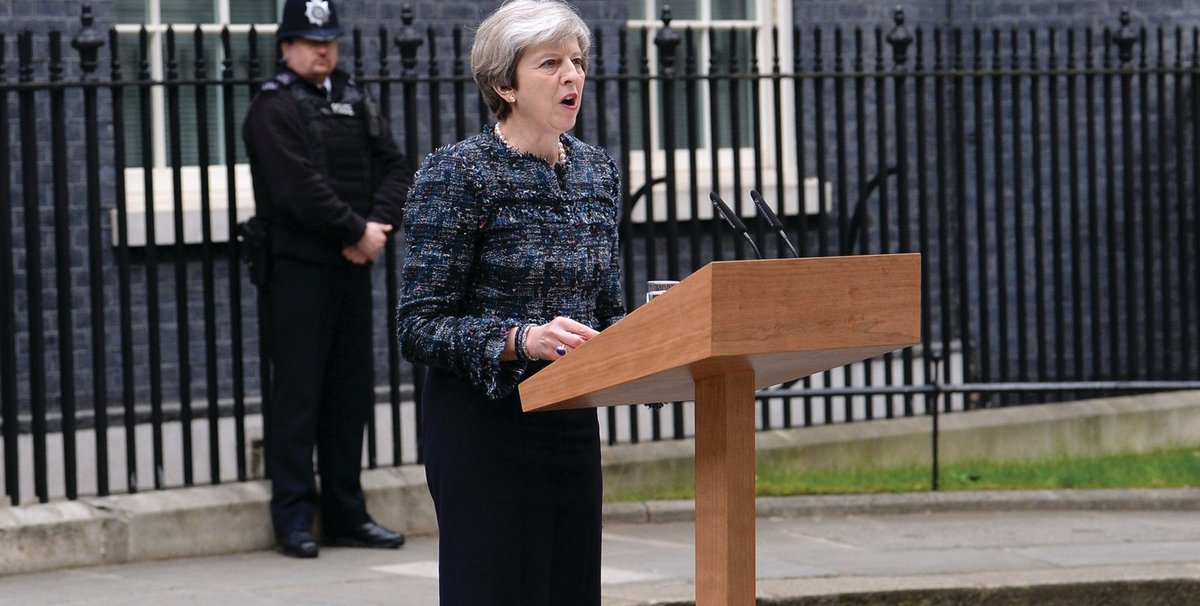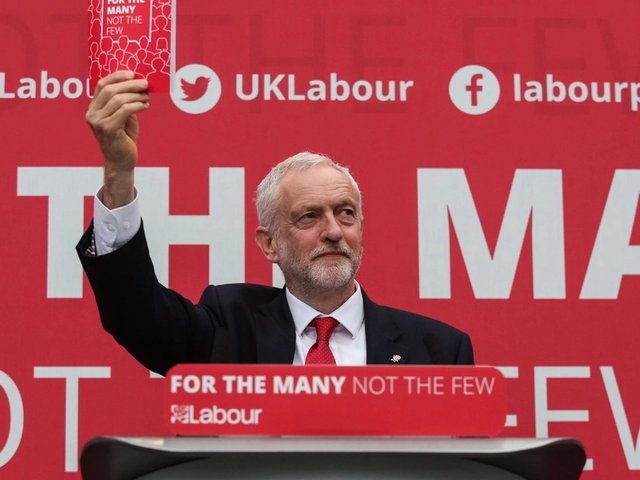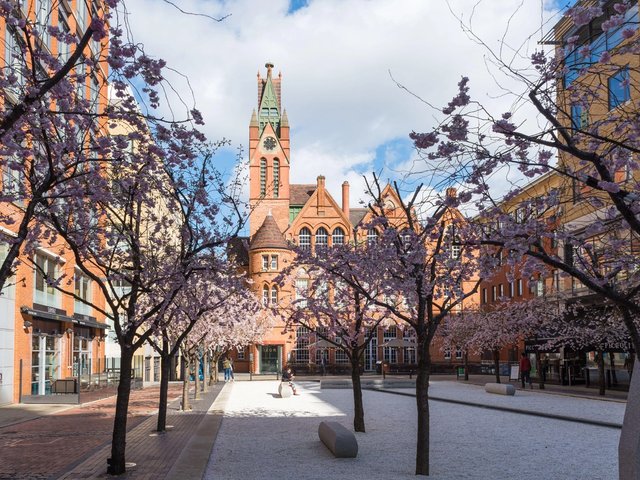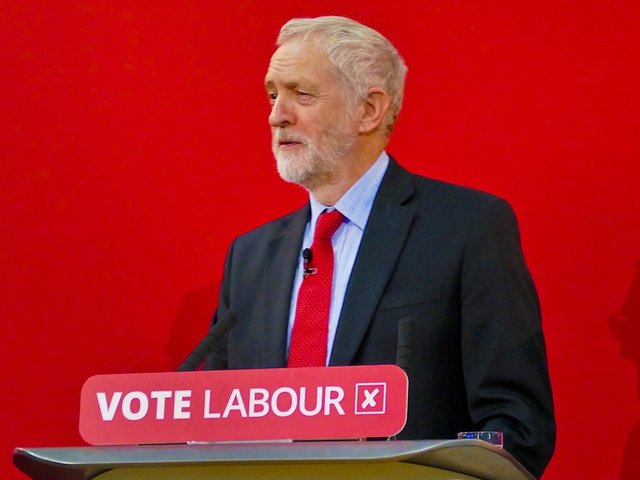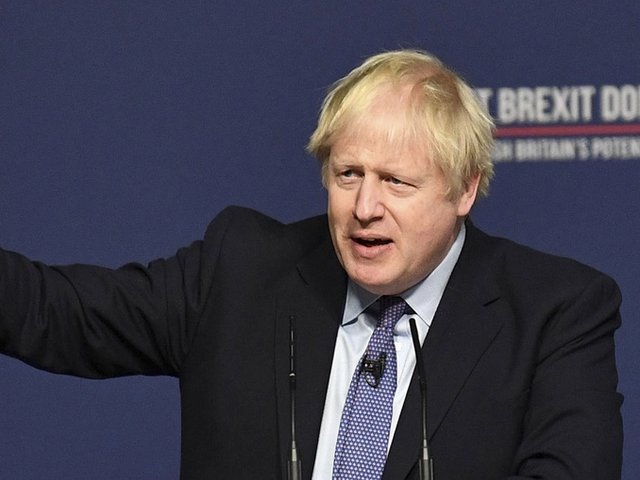Museums could well be the winners, whichever party is victorious in the UK’s general election tomorrow (8 June). In a surprise move, both the Conservative and Labour parties have made manifesto pledges to create a new funding stream for the arts.
The Labour party’s manifesto, masterminded by its leader, Jeremy Corbyn, says that a Labour government would set up a £1bn cultural capital fund “to upgrade our existing cultural and creative infrastructure to be ready for the digital age”. The manifesto says that the fund “would be administered by the Arts Council”, with the money being paid out over a five-year period—equivalent to an extra £200m a year for the arts. The fund would have “a particular focus on projects that could increase museums’ and galleries’ income and viability”. The party’s special cultural manifesto, published on 22 May, stated that the fund would be “among the biggest arts infrastructure projects ever”.
The Conservatives, led by Theresa May, have promised to create a new cultural development fund, although they have not disclosed how much money would be involved. Their manifesto states that the fund would “use cultural investment to turn around communities”, which suggests that the money may be aimed at smaller regional arts bodies, rather than nationally funded London-based organisations. This reading appears to be reinforced by another commitment to “continue our strong support for the arts, and to ensure that more of that support is based outside London”. The return to power of May, the current prime minister, is seen as a near-certainty.
Of the two major parties’ manifestos, the Labour one goes into a little more detail on culture. In regard to arts education, it pledges an annual £160m boost for primary schools in England. It also promises to “put creativity back at the heart of the curriculum, reviewing the EBacc [English Baccalaureate] performance measure to make sure that arts are not sidelined from secondary education”. Another Labour pledge is “to widen the reach of the Government Art Collection so that more people can enjoy it”.
The Conservative manifesto says that the government would “introduce a new curriculum fund to encourage Britain’s leading cultural and scientific institutions, like the British Museum and others, to help develop knowledge-rich materials for our schools”.
What both major parties agree on is that nationally funded museums and galleries should continue to provide free admission to their permanent collections. They also argue that culture and the creative industries should be taken into account in the negotiations for the UK to leave the European Union.
Labour’s manifesto states: “We will put our world-class creative sector at the heart of our negotiations and future industrial strategy.” Matthew Hancock, May’s culture minister, told an election meeting called by the Creative Industries Federation that only the Conservatives could deliver “the best possible Brexit deal”. The Liberal Democrats, in their manifesto, oppose Brexit. They say that funding for the arts “is put at risk by Brexit, and the Liberal Democrats will ensure that we continue to invest in our cultural capital”.
More money or just making up for cuts? A new fund for culture is great news for the arts, but quite how generous it will be remains to be seen. The Labour manifesto pledges £1bn, or £200m a year, to be distributed by Arts Council England (Scotland, Wales and Northern Ireland may be outside the scheme). To put this in context, Arts Council England received £494m in grants and £228m in lottery funding in 2016/17. Precise calculations are complex, but the £200m promised by Labour would probably make up for the cuts in the Arts Council England budget that have been imposed by the Conservative government during the past few years (although cuts have also been imposed on national museums and the heritage sector).
Since the Conservatives are almost certain to be voted back into power, however, the key question is how much money May’s government will allocate to the proposed new fund. It is also unclear how this fund will be administered, and the extent to which Arts Council England will be involved. The main beneficiaries are likely to be regional organisations, so London may not gain much. There is also a danger that the government could use this new fund as a reason for reducing grants and lottery proceeds for the arts.
The Conservatives have been quick to cast doubt on Labour’s pledge to establish a new £1bn fund. The Tories’ culture minister, Matthew Hancock, told The Art Newspaper: “If you don’t know how you will pay for your manifesto commitment, then it isn’t worth the paper it is written on.” This may suggest that the Conservatives’ proposed fund will be much smaller than £1bn.


